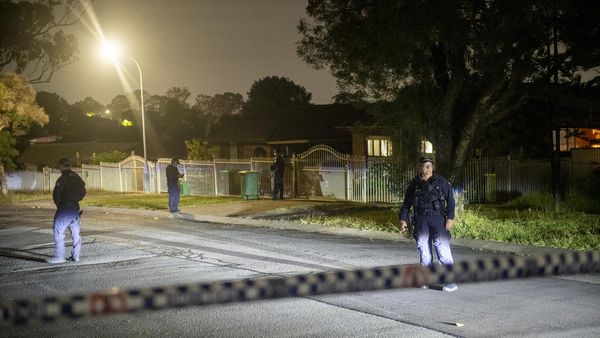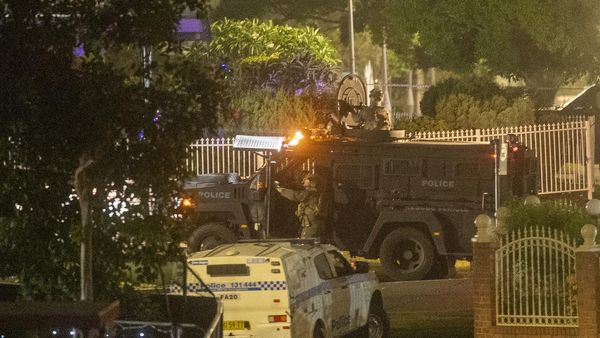Thousands of students returned to classrooms in Chicago Public Schools last week, but they and their families face a discouraging reality: Many children will walk into buildings with empty rooms, while others are cramped into overcrowded classrooms. Far too many children face a bleak academic future, as shown by the fact that too few students meet grade-level standards on state and national tests.
Proficiency gaps, dwindling enrollment and a ballooning budget reveal the need for systemic change. With a new mayor and school board at the helm, stakeholders should come together to initiate reforms that will improve children’s educational experience and pave the way for a brighter future.
CPS proficiency rates are troubling at best. Only 20% of third through eighth graders met or exceeded state reading standards in 2022, while just 15% did so in math, according to data from the Illinois Report Card. And things don’t get better later: The numbers are nearly identical among 11th graders on the SAT.
CPS scores are consistently below state averages, and in some grades at certain schools, we found in an analysis here at the Illinois Policy Institute, not a single student meets the grade-level standards.
This gap widens even further for minority and low-income students. Black students struggle, with just 10% meeting or exceeding standards in reading and fewer than 6% in math. Similarly, only 13% and 9% of low-income students are proficient in reading and in math, respectively.
Too many half-empty buildings
CPS is leaving these students behind, perpetuating a lack of opportunity that has lasting implications.
Beyond academic achievement, another challenge is the inefficient use of resources. One-third of schools are less than half full, and in the 2022-2023 school year, only 180 out of 495 public schools used their space efficiently, our analysis of CPS data found.
Third, enrollment in CPS schools has fallen dramatically as a result of the pandemic’s disruptions and overall concern about educational quality. During the last five years, the district lost more than 39,000 students, or nearly 10% of its current student population. And while a declining student population has led to improved elementary school student-teacher ratios, test scores remain low.
Finally, add to the mix over 1,700 total unfilled positions and a concerning rise in chronic absenteeism (nearly 45% in 2022), and you get a perfect storm of educational inadequacy, at a cost of $8.5 billion for the upcoming school year.
Families and communities deserve a school system that works and prepares students for success.
Solutions for learning, building use, finances
Here are solutions we should be looking at:
Prioritize education basics: It’s evident schools need a renewed focus on literacy and math, perhaps reviewing national methods to make sure the district is adopting best practices.
Rethink space utilization: CPS has an opportunity to work with city leaders to reevaluate its infrastructure, including repurposing empty schools into community centers or vocational training hubs. It can also renegotiate caps on charter schools in its next Chicago Teachers Union contract. It should address the inequity of low-income majority schools facing a higher staff vacancy rate of 5.70 for schools that are majority low-income, vs. 3.04 for non-low-income majority schools.
Financial accountability: Over 10 years of increases in the CPS budget — even before federal pandemic money boosted spending — juxtaposed against low academic proficiency and declining enrollment, is a sign the board ought to take a hard look and reassess its spending and not just ask for higher property taxes.
Empower school leaders and parents: With a district as large as CPS, principals and communities should be empowered to collaborate on decisions, such as the length and start of the instructional day and year, staffing models, or even sharing space with charter or alternative schools. Give more autonomy to individual schools, and provide leaders with both the authority and resources they need for students to succeed.
CPS is an important resource for families and students, and one of the biggest line items on Chicagoans’ property tax bills. Everyone deserves better than today’s status quo. And with a renewed commitment to transparency and a willingness to make bold changes to better serve families and students, Chicago can reclaim its place as a beacon of educational excellence. For the sake of its future, and the future of hundreds of thousands of students, let’s hope they rise to the challenge.
Joshua Bandoch, Ph.D., is head of policy at the Illinois Policy Institute.
The Sun-Times welcomes letters to the editor and op-eds. See our guidelines.
The views and opinions expressed by contributors are their own and do not necessarily reflect those of the Chicago Sun-Times or any of its affiliates.







